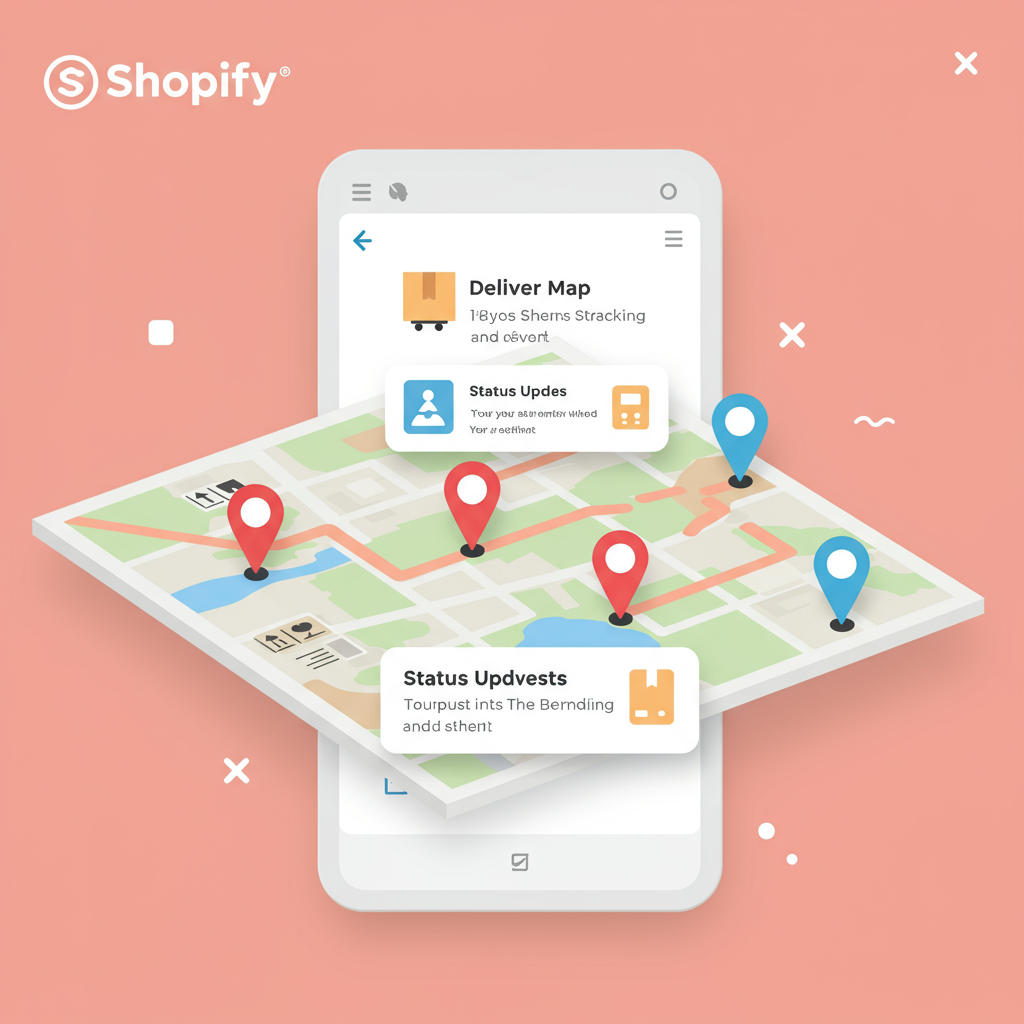Elevate your customer experience and streamline operations with robust order tracking solutions for your Shopify store.
As a Shopify merchant, I know firsthand the excitement of a new order. But that excitement quickly shifts to the crucial task of ensuring the product reaches my customer smoothly and transparently.
This is where order tracking comes into play, and frankly, it’s more than just a convenience; it’s a cornerstone of modern e-commerce customer service.
Today, I want to walk you through the ins and outs of order tracking integration for your Shopify store, explaining why it’s so vital and how you can implement it effectively.
Think about it from your customer’s perspective. Once they’ve clicked “purchase,” their next thought is often, “Where’s my order?”
Providing easy, real-time access to this information significantly reduces customer anxiety and builds trust. It transforms a potentially stressful waiting period into a transparent and reassuring experience.
For us merchants, the benefits are equally compelling. Robust order tracking can drastically cut down on “Where is my order?” (WISMO) inquiries, freeing up valuable customer service time.
It also provides valuable data on shipping performance, helping us identify bottlenecks or issues with specific carriers.
Shopify, by default, offers some basic tracking capabilities. When you fulfill an order and add a tracking number, Shopify sends an email notification to the customer with a link to the carrier’s tracking page.
This is a good starting point, but it often lacks the branded experience and centralized control that many merchants desire. Customers are redirected away from your store, and the tracking page itself isn’t customizable.
This is where third-party order tracking solutions become incredibly powerful. They bridge the gap between basic functionality and a truly professional, customer-centric tracking experience.
These solutions typically integrate directly with your Shopify store, pulling order data and pushing tracking updates. They often support hundreds of carriers worldwide, consolidating all tracking information in one place.
One of the biggest advantages is the ability to create a branded tracking page. Instead of sending customers to a generic carrier website, they return to *your* store’s domain to check their order status.
This reinforces your brand identity and keeps customers engaged with your ecosystem, potentially leading to repeat purchases or further browsing.
Beyond branded pages, these integrations offer advanced notification capabilities. You can set up automated email or SMS updates for various statuses: “In Transit,” “Out for Delivery,” “Delivered,” or even “Exception.”
This proactive communication keeps customers informed every step of the way, reducing the need for them to manually check or contact support.
When choosing an order tracking solution, I always look for several key features. First, multi-carrier support is non-negotiable, especially if you ship internationally or use multiple domestic carriers.
Real-time updates are also crucial. Customers expect accurate, up-to-the-minute information, not data that’s hours or days old.
Customization options for tracking pages and notifications are vital for maintaining brand consistency. You want to be able to add your logo, colors, and custom messages.
Analytics and reporting features can provide insights into delivery times, common issues, and carrier performance, helping you optimize your shipping strategy.
Finally, consider how well the solution integrates with your existing customer service tools. Can your support team easily access tracking information directly from your helpdesk?
Implementing an order tracking integration usually involves a few straightforward steps. First, you’ll select an app from the Shopify App Store that aligns with your needs and budget.
Once installed, you’ll typically connect your shipping carriers within the app’s settings. This often involves providing API keys or simply selecting them from a list.
Next, you’ll configure your branded tracking page, customizing its appearance and content. You’ll also set up your automated notification triggers and messages.
It’s absolutely essential to thoroughly test the integration. Place a few test orders, generate tracking numbers, and follow them through the entire process to ensure everything is working as expected.
Remember to communicate clearly with your customers about how they can track their orders. Include the tracking link prominently in your order confirmation and shipping notification emails.
Set realistic expectations regarding delivery times. While tracking provides transparency, it doesn’t speed up the actual shipping process.
Leverage the data you collect. Are certain carriers consistently slower? Are there common delivery exceptions in specific regions? Use this information to refine your operations.
Proactive customer service is key. If you see a delivery exception, consider reaching out to the customer before they even notice it. This turns a potential negative into a positive service experience.
Integrating robust order tracking into your Shopify store isn’t just about adding a feature; it’s about elevating your entire post-purchase experience. It builds trust, reduces support inquiries, and strengthens your brand.
It’s an investment that pays dividends in customer satisfaction and operational efficiency. I truly believe it’s one of the most impactful improvements you can make to your e-commerce business.
What are your thoughts on the importance of order tracking for e-commerce businesses? I’d love to hear your perspective.






